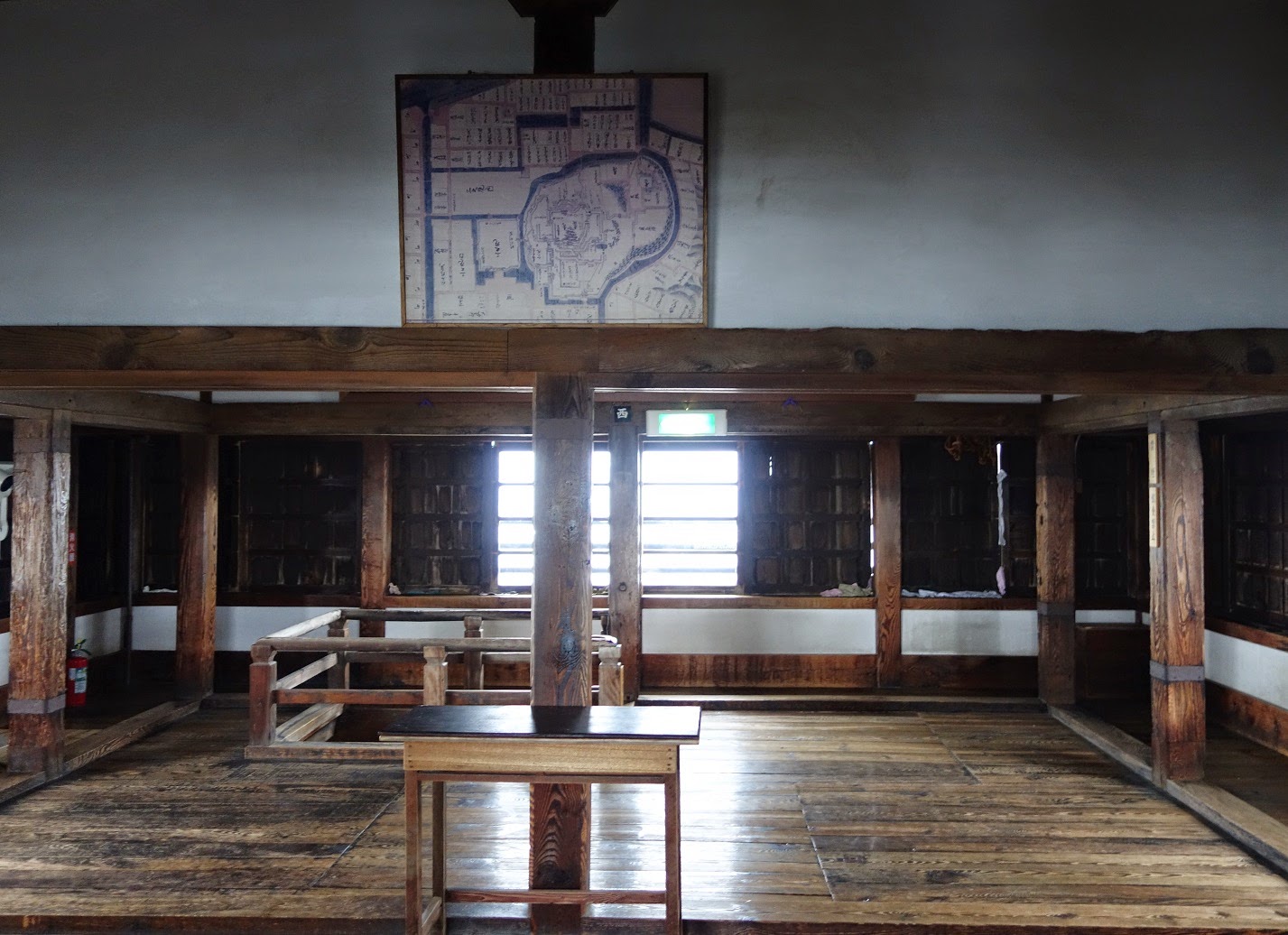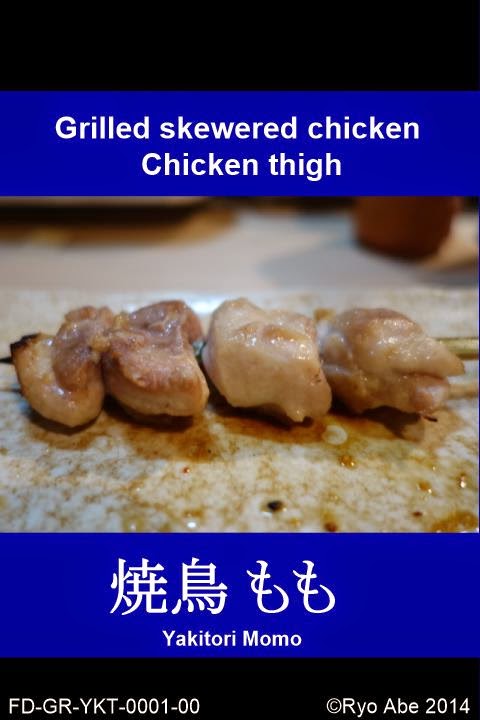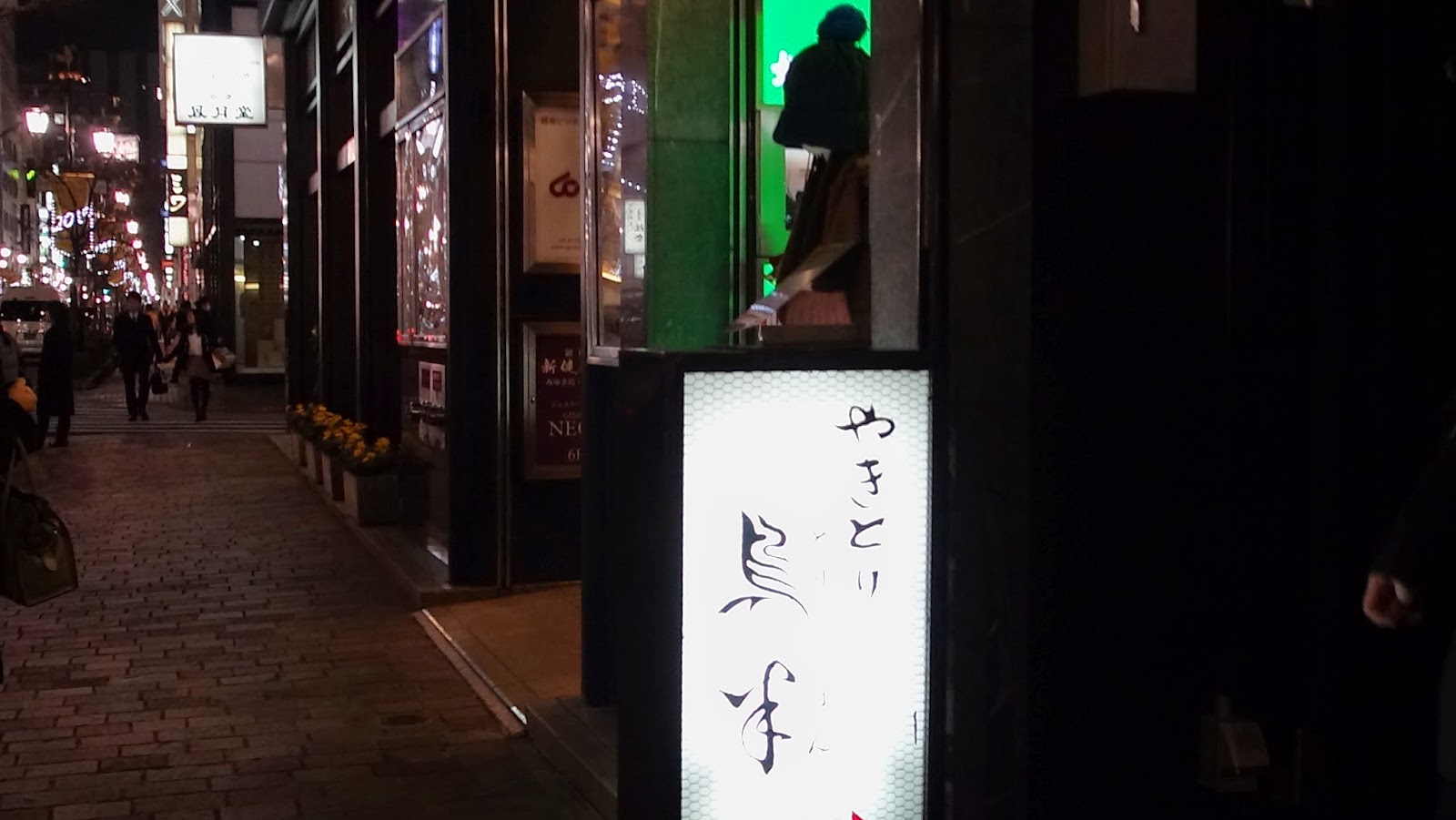We, average class of Japanese guys who are working in office day time go to Izakaya , casual Japanese pub usual night time to have communication with colleagues after working, although there are many kinds of restaurants including European , Asian , other Japanese style and we go to nice restaurant for special occasion like date. I think we might go to Izakaya once a week as average and other days we have dinner with family at home. After the first Izakaya party ( ichiji kai ), we go to another Izakaya or bar which party is called niji kai (the 2nd party). Also after the niji kai we go to sanji kai(the 3rd party) or having ramen noodle ( or go back home) . We know it is not good for health and diet but we like to have the ramen late night and so many ramen noodle restaurants open until late night.
Izakaya varies depends on menu and size including chain restaurants where you can have reasonable foods and beverage. Usually there we can choose meal out of many dishes in the menu including traditional Japanese foods. Also they offer many beverage like beer, nihon shu (Japanese wine), shochu (Japanese distilled beverage) and other western alcohol and non-alcohol soft drink. Chain Izakaya has photo menu book so it is easier for foreign visitors to select meal. The following is typical menu at Izakaya.
-Raw
Sashimi: raw fish. You can order specific kind of fish and also restaurant selection is available usually. Put soy sauce with wasabi or salt
Salad: Many kinds of salad should be available
Hiya yakko: cold tofu
 |
| Sashimi: raw fish |
-Dry foods ( Kawaki mono)
Surume: dried cuttlefish (recently it is not available commonly at Izakaya although we have it at home.)
Eihire:stingray fin
-Grilled
Grilled fish: Seasoned by salt usually. You can put soy sauce as well.
Yakitori: skewered and charcoal‐broiled chicken (as already introduced before)
Seasoned by soy sauce based sauce ( tare ) or salt ( shio ) . Please order which seasoning you like.
 |
| Yakitori : skewered and charcoal‐broiled chicken seasoned by soy sauce |
Kushiyaki: skewered and charcoal‐broiled meat ( pork, beef, chicken ) and vegetable
Tamago yaki : Japanese omelet
Also grilled beef, pork and chicken are usually available.
-Deep fried
Tori no karaage: deep fried chicken
Kushi age : skewered and deep fried meat and vegetable ( famous in Osaka, western Japanese 2nd large city, where special restaurants are available)
Fried potato: French fry
Tempura: reasonable but quality is less than special restaurants
 |
| Tempra: deep fried prawn, fish, vegetables |
-Stewed, boiled
Niku jyaga: stewed potato and meat ( beef or pork ) seasoned by soy-source
 |
| Niku jyaga: stewed potato and meat |
Nikomi: stewed meat(entrails) and vegetable
Chikuzen ni: stewed vegetable (and meat(chicken)
Eda mane: boiled salted soy beans
Ni zakana: stewed fish
Kakuni; stewed pork seasoned by soy source ( imported from China )
Yu dofu; boiled tofu ( bean curd )
 |
| Ni zakana: stewed fish |
-Hot pot (called nabe, cooked at the table, usually served for two or more people )
Chanko nabe: style for sumo wrestler
Yose-nabe: mixed seasoned by soy sauce or miso
Mizu taki: chicken
Motsu nabe: entrails
Ishikari nabe: salmon
Kaki nabe: oyster
Kani nabe: crab
Kamo nabe: duck
Oden: It is popular in winter time.
-Shime ( after drinking we have rice or noodle )
Onigiri: rice ball
Yaki onigiri: Grilled rice ball
Ochazuke: rice and tea poured on the rice
Udon: thick noodle made with flour
Soba: thin noodle made with buckwheat
-Others
Oshinko: Japanese pickles
If you visit Japan, please try Izakaya as well.














































